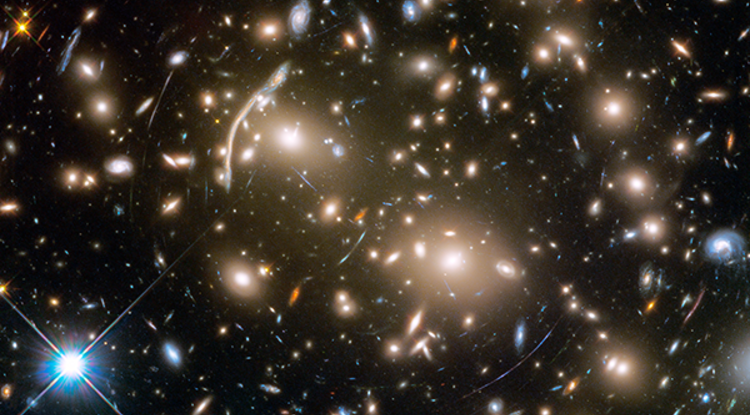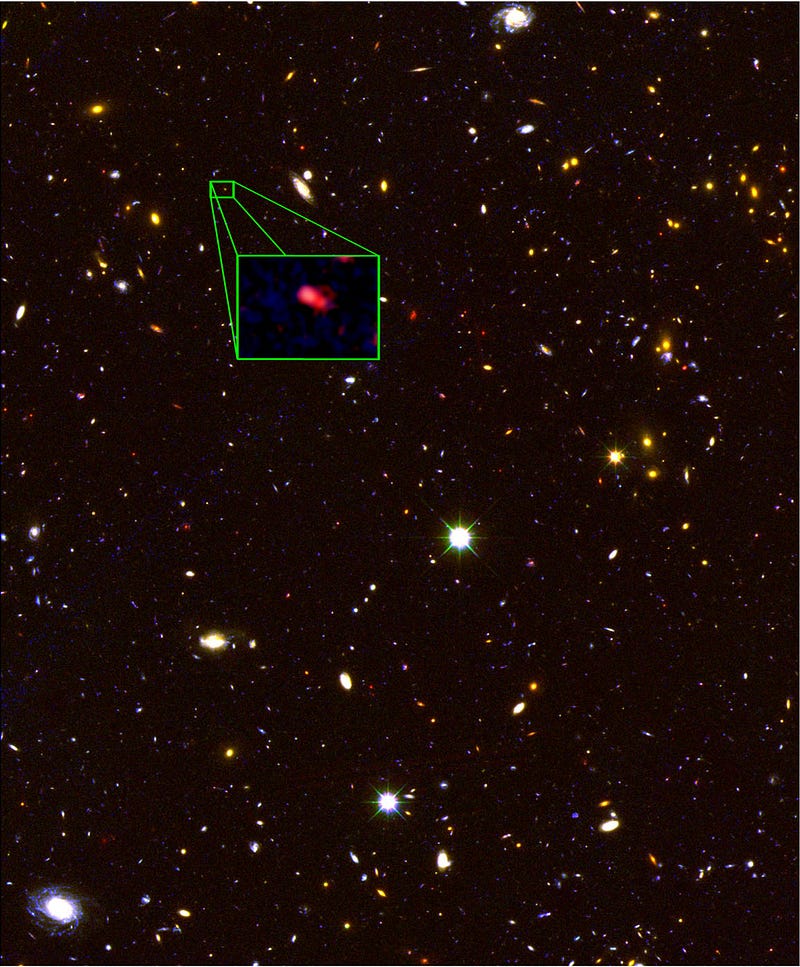Exploring Galactic Evolution Through Supercomputing Simulations
Written on
Chapter 1: The Quest for Cosmic Understanding
A research team from the University of Arizona has embarked on an ambitious project using a powerful supercomputer, known as the 'UniverseMachine', to investigate the formation of stars and galaxies. This endeavor has led to the creation of an astounding 8 million virtual universes, each containing nearly 100 trillion galaxies.
For decades, the origins and development of galaxies have remained one of the most perplexing challenges in astrophysics. The quest to comprehend star formation and the clustering of these celestial bodies can be traced back to humanity’s earliest inquiries into the universe. Long before the terms 'star' and 'galaxy' were even coined, people gazed at the night sky, yearning to understand its mysteries.
While our knowledge has expanded tremendously, the cosmos continues to present enigmas. Observational astronomy offers only fleeting glimpses of galaxies, merely capturing their state at specific moments in time. The vastness of cosmic time, combined with our brief existence, limits our ability to witness the evolution of these stellar formations.
Now, researchers at UA are leveraging supercomputer simulations to bridge the gap between our understanding and the ancient questions surrounding the universe.
Astronomers have traditionally relied on simulations to explore galactic formation, but these models often focus on individual galaxies, limiting their ability to provide a broader perspective. To address this limitation, Peter Behroozi, an assistant professor at the UA Steward Observatory, led a team that generated diverse universes on a supercomputer, each designed with unique physical theories and parameters.
This innovative approach resulted in the 'UniverseMachine', a system capable of creating a virtual multiverse comprising over 8 million universes and approximately 96 trillion galaxies. The implications of these findings could resolve a longstanding conundrum in galaxy formation: the cessation of new star formation despite the availability of hydrogen, the primary building block for stars.
The research, published in the Monthly Notices of the Royal Astronomical Society, challenges existing theories about galaxy development. It suggests that supermassive black holes, dark matter, and supernovae may not inhibit star formation as much as previously believed.
Behroozi explains, “By creating multiple universes on the computer, we can compare them with our actual universe, allowing us to deduce the rules that govern the cosmos we observe.”
These simulations are particularly noteworthy because they each contain 12 million galaxies, spanning a time frame from 400 million years post-Big Bang to the present. This achievement marks the first instance of self-consistent universes that closely mirror our own.
Galaxy Evolution and Deep Surveys
This video delves into the intricate processes behind galaxy evolution and the findings from deep surveys of the cosmos.
Chapter 2: Testing Theories Through Simulation
To evaluate how the simulated universes compared to our own, researchers conducted a series of tests assessing the characteristics of the galaxies in these virtual worlds. Traditional theories posit that the formation of stars in galaxies results from the gravitational collapse of cold gas into dense regions. However, other factors counteract this process.

The Hubble Space Telescope captured this image of Abell 370, a galaxy cluster located 4 billion light-years away. This cluster contains several hundred galaxies bound by gravity, with blue light arcs representing more distant, faint galaxies.
Current models suggest that most galaxies harbor supermassive black holes at their centers. The material that accumulates around these black holes radiates immense energy, acting as a cosmic heat source that can prevent gas from cooling enough to form new stars.
Supernovae, the explosive deaths of massive stars, also play a significant role in this dynamic. Additionally, dark matter exerts gravitational influence on visible matter within galaxies, effectively attracting cold gas from surrounding regions and heating it in the process.
Behroozi elaborates, “As we look back in time, we expect dark matter to be denser, which should heat up the gas and hinder star formation. Thus, we believed many early galaxies would have halted star formation much earlier.”
Contrary to this expectation, the team's findings indicate that larger galaxies were actually forming stars at a higher rate than anticipated.
Dr. Christine Wilson - "Galaxy Collisions, Star Formation and Galactic Evolution"
In this presentation, Dr. Wilson discusses the role of galaxy collisions in star formation and their impact on galactic evolution.
Behroozi and his team had to devise virtual universes that allowed for prolonged star formation to align with observational data. They discovered that if galaxies had behaved according to existing theories, they would appear much redder, indicating a lack of young blue stars and an abundance of older stars.

Galaxies such as z8_GND_5296 appear red due to the absence of young blue stars and the stretching of light wavelengths caused by cosmic redshift.
Behroozi notes, “If galaxies had ceased star formation earlier, our universe would look entirely different. We conclude that galaxies were more efficient at star formation in the early universe than we previously thought.”
Creating such complex mock universes presented significant computational challenges. Simulating a single galaxy requires an astronomical number of computing operations — a task that would take all the computers on Earth a century to complete.
Behroozi describes the computational hurdles they faced: “Simulating a single galaxy demands 10 to the 48th operations. To simulate 12 million galaxies, we had to adopt a novel approach.”
The team utilized resources from NASA Ames Research Center and the Leibniz-Rechenzentrum in Germany, alongside the Ocelote supercomputer at UA. Two thousand processors worked in tandem over three weeks to crunch the data. Throughout the research, they created more than 8 million universes.
Behroozi summarizes their methodology: “We compared our simulations against two decades of astronomical observations to determine which universes matched our reality. If discrepancies arose, we adjusted and retested.”
Looking ahead, Behroozi and his collaborators aim to enhance the Universe Machine to include the morphology of individual galaxies and their evolution over time, further enriching our understanding of the origins of galaxies, stars, and, ultimately, life itself.